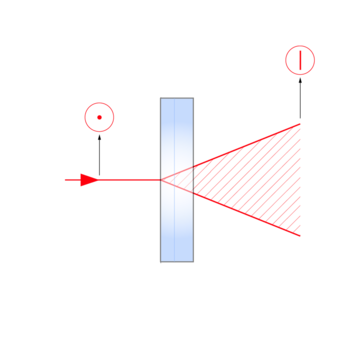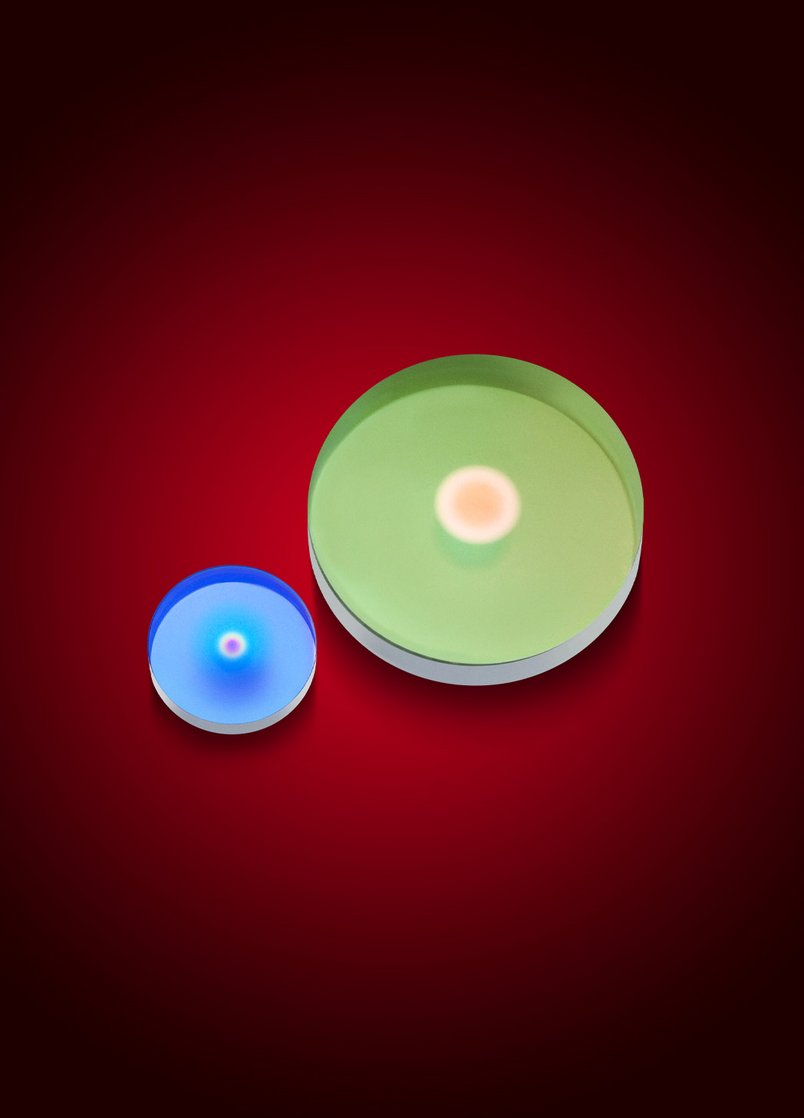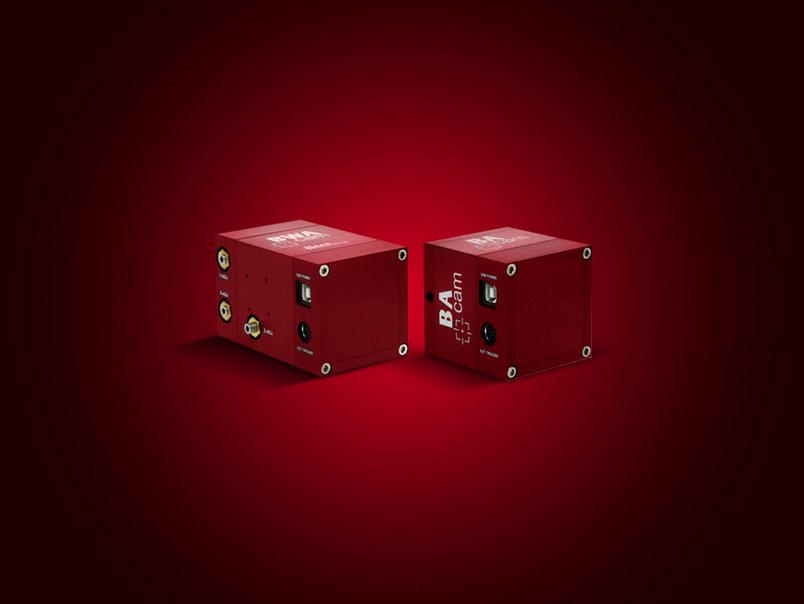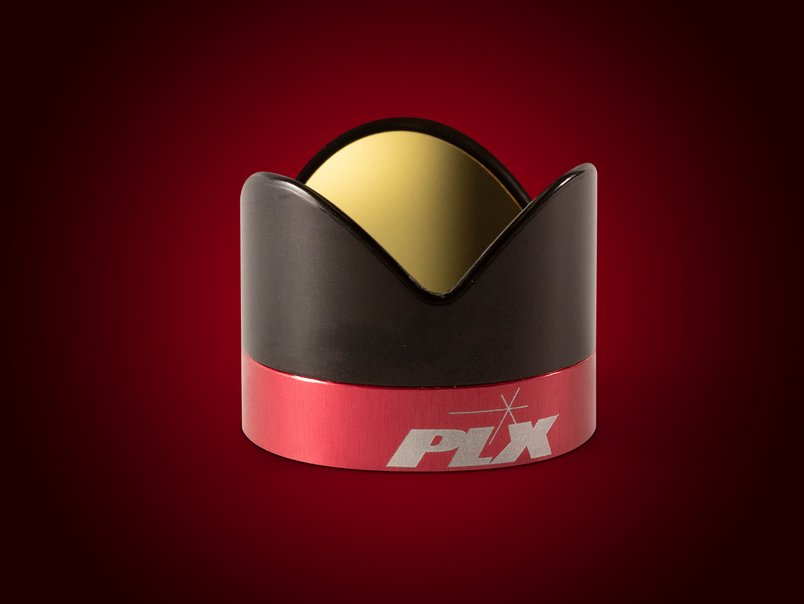Cylindrical lenses are used to create lines or for beam expansion in one direction. Their optical properties and aberrations correspond to those of spherical optics.
As with spherical lenses, cylindrical lenses have curved surfaces for focusing and expanding laser light with imaging errors that are similar to those of spherical optics. However, in contrast to spherical lenses, the change and shaping of laser light only occurs in one axis. Due to the asymmetry of cylindrical lenses, it is necessary to precisely specify the centering, wedge angle, and axial rotation.
LASER COMPONENTS offers plano-concave and plano-convex cylindrical lenses in rectangular, square, and round form. Rectangular and square cylindrical lenses possess a clearly defined optical axis. Round cylindrical lenses are a bit more difficult to adjust, but can be integrated into standard lens mounts.
The product range of manufactured lenses comprises the following radii:
- Plano-convex lenses: rcx: 1 mm to ∞
- Plano-concave lenses: rcc: –3 mm to ∞
Rectangular or round plano-convex lenses. The main application of this component is the creation of focal lines or for beam expansion in one direction.
Rectangular or round plano-concave lenses. The main application of rectangular plano-concave cylindrical lenses is the expansion of beams in one direction.
In turn, when used as mirrors, lines can be created with these lenses.
Good to Know
Rectangular Lenses. Our standard defines the curvature over the width. For deviations please define.
Contact
Benefits
- Shaping of laser light according to customer-specific requirements
- Cylindrical lenses only change the laser light in one plane and therefore not in the plane perpendicular to it
Features
- Material. BK7, fused silica
- Diameter tolerances. + 0.00 mm; – 0.20 mm
- Thickness tolerance. ± 0.20 mm

Click here
News & Events
Laser Optics





























